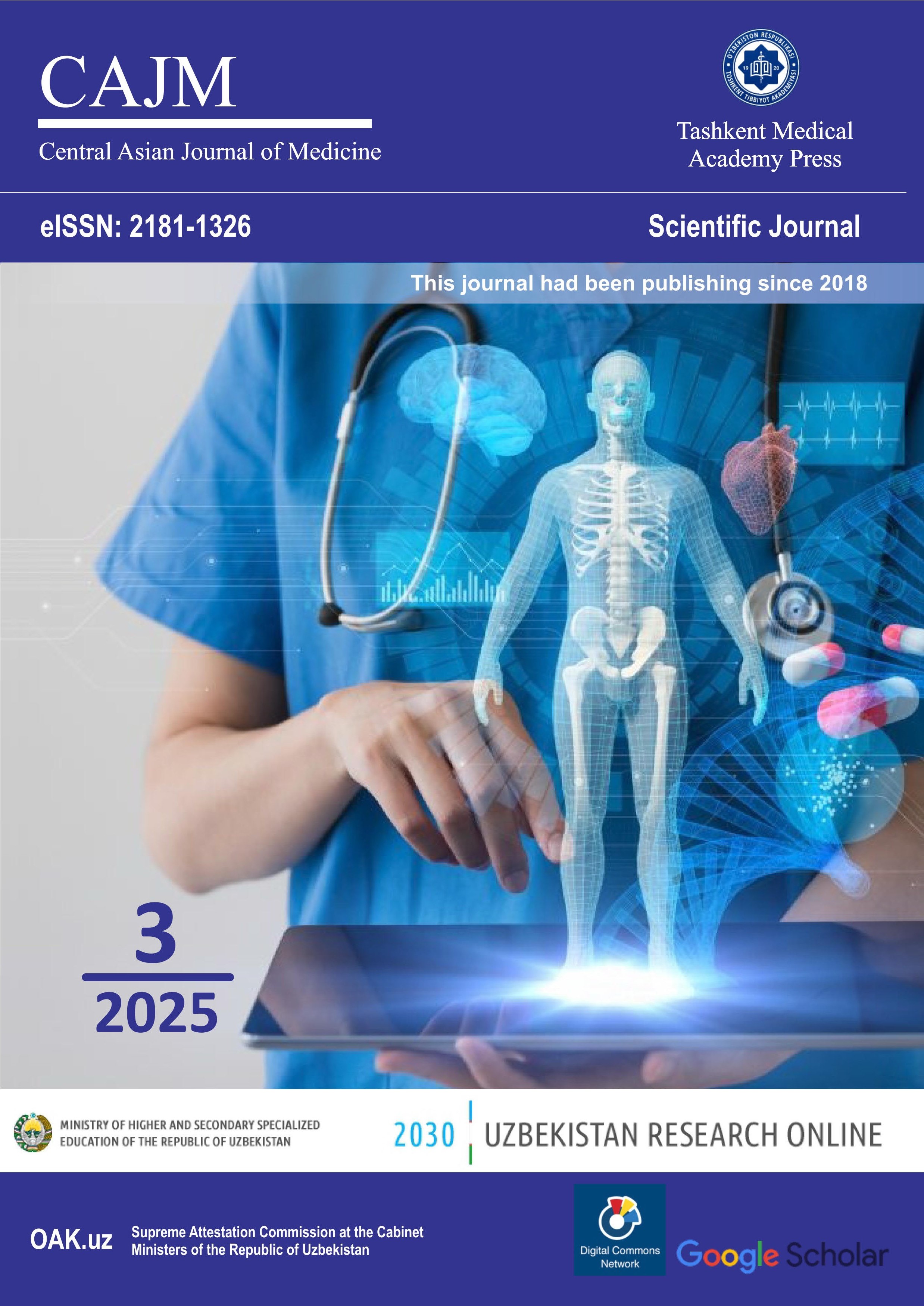MICROBIOTA-miRNA INTERACTIONS IN NAFLD: MECHANISMS AND MOLECULAR INSIGHTS
Keywords:
NAFLD, miRNAs, microbiotas, fibrosis.Abstract
Non-alcoholic fatty liver disease (NAFLD) is a multifactorial disorder characterized by hepatic steatosis, inflammation, and fibrosis, with a growing body of evidence highlighting the critical roles of gut microbiota and microRNAs (miRNAs) in its pathogenesis. The gut-liver axis serves as a key regulatory network, where microbiota-derived metabolites, including short-chain fatty acids (SCFAs), bile acids, and lipopolysaccharides (LPS), influence hepatic lipid metabolism and immune responses. Concurrently, miRNAs regulate gene expression in the liver and intestines, modulating lipid homeostasis, inflammation, and fibrosis. Notably, miR-122, miR-34a, and miR-21 play significant roles in disease progression. Recent studies suggest a bidirectional relationship between microbiota and miRNAs, where microbial metabolites alter miRNA expression, and host-derived miRNAs shape microbiota composition and gut-liver signaling. Dysbiosis-induced changes in miRNA profiles contribute to increased intestinal permeability, endotoxemia, and chronic hepatic inflammation, exacerbating NAFLD progression. Understanding these intricate molecular interactions is essential for elucidating NAFLD pathophysiology. This review explores the complex interplay between gut microbiota and miRNAs in NAFLD, providing insights into the mechanisms underlying disease development and progression. A deeper understanding of these relationships may enhance our comprehension of NAFLD as a systemic disorder involving the gut-liver axis.

